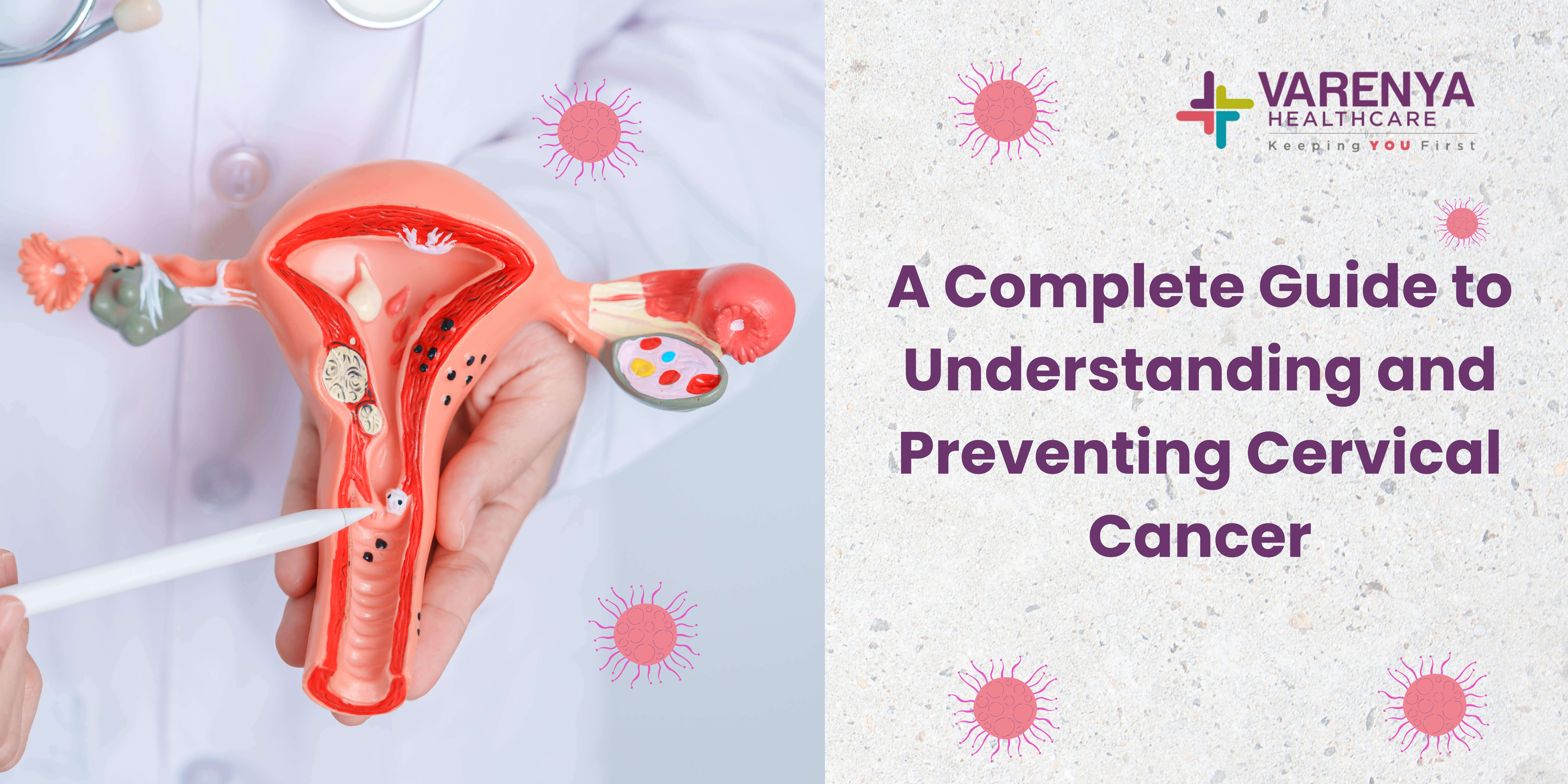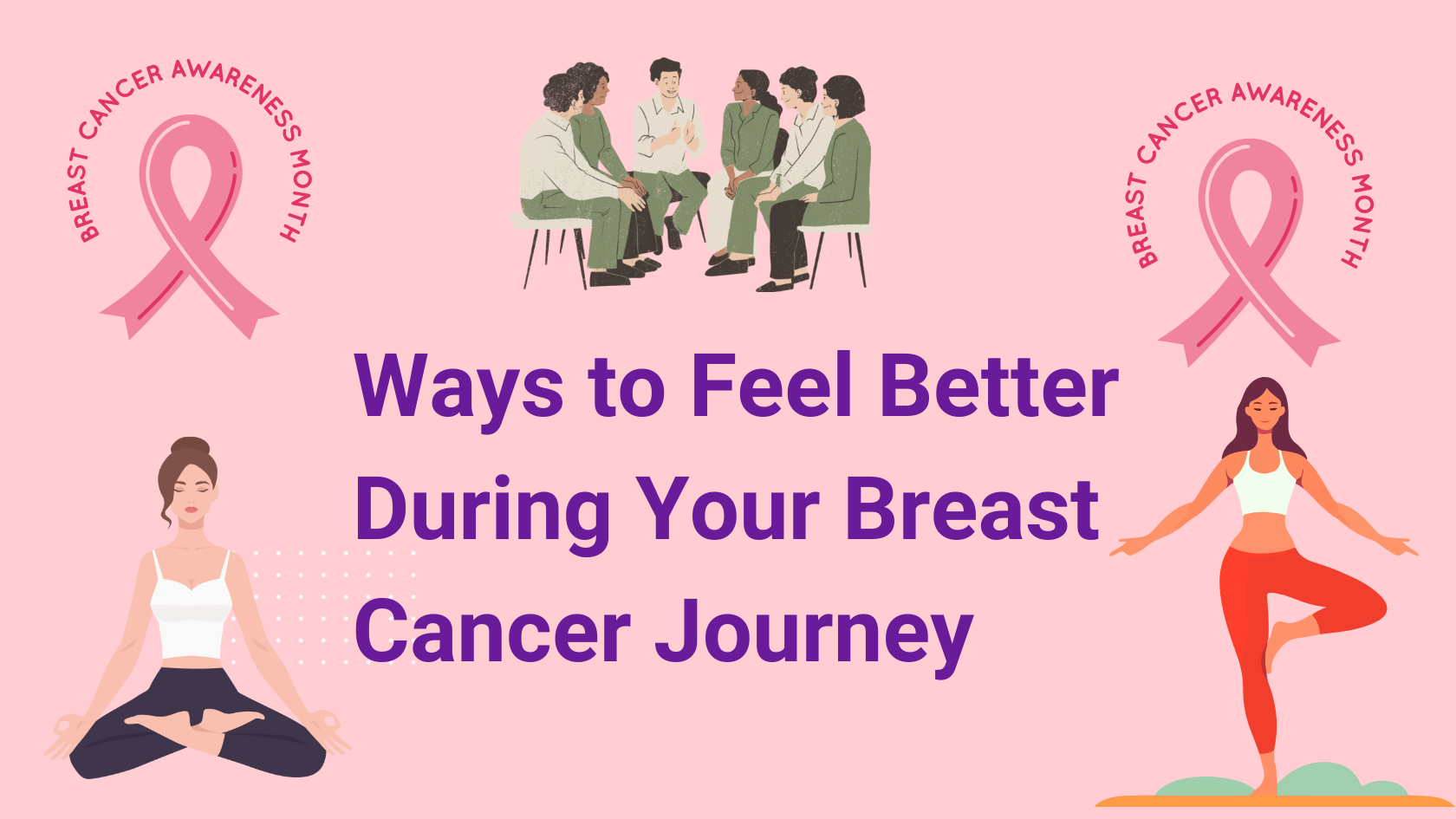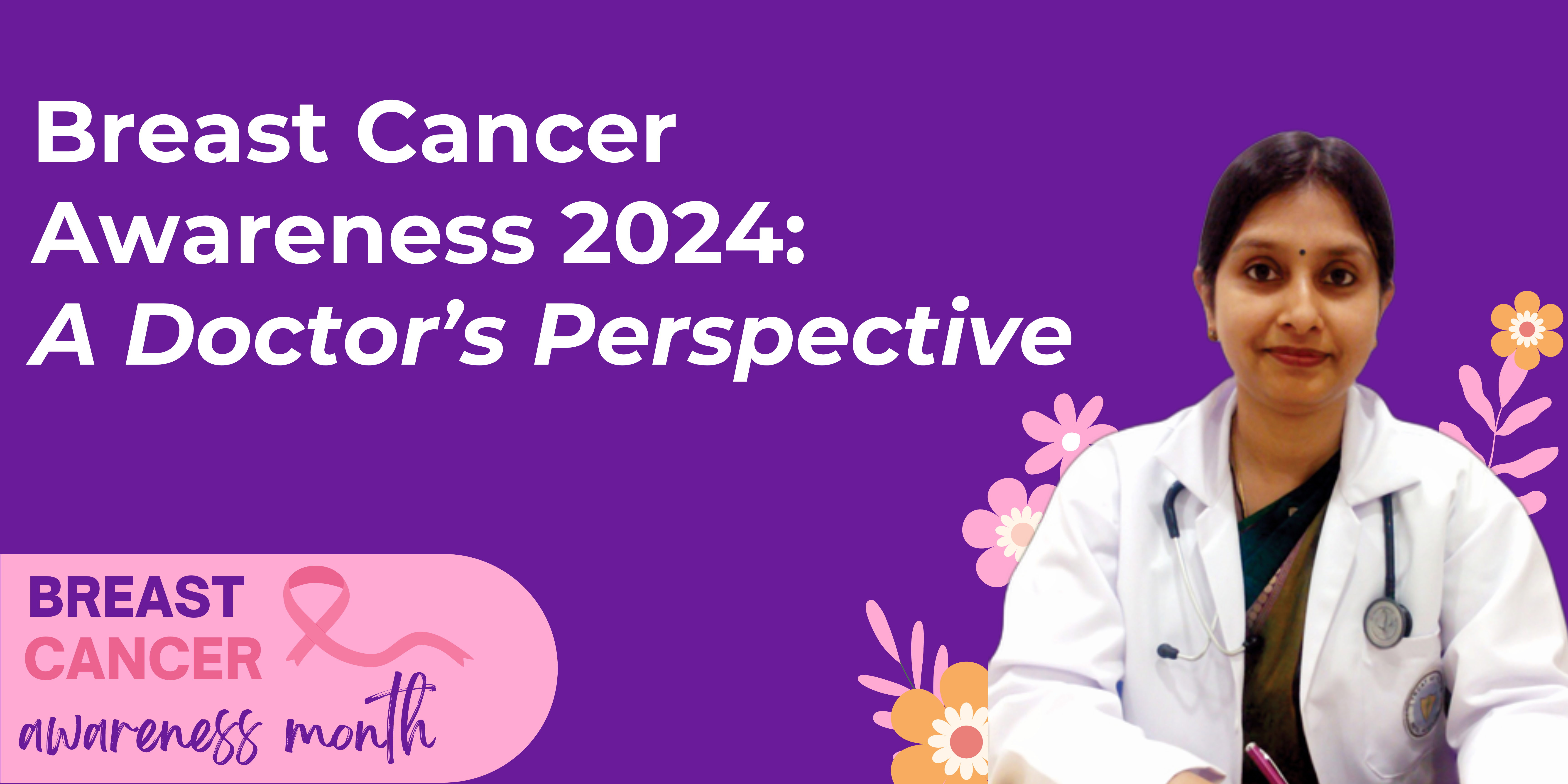
October is Breast Cancer Awareness Month, a significant time dedicated to women’s health. It’s a reminder for all women to prioritize their well-being and get screened for breast cancer. Early detection can make a life-saving difference.
Are you feeling unsure or confused about how breast cancer screening is done? As a doctor, I’m here to guide you through the process.
I’ll walk you through each step, so you feel informed and confident when it’s time for your screening. Let’s start by understanding mammography.
What is Mammography?
Mammography is a specialized X-ray imaging technique, that helps to detect breast cancer and other abnormalities in the breast.
It can be performed as a screening mammogram for women without symptoms or as a diagnostic mammogram for those with specific concerns, such as lumps or pain.
Why is Mammography Important?
Mammography is crucial for several reasons:
- Early Detection: It can identify tumors that are too small to be felt, often years before physical symptoms appear
- Reduced Mortality Rates: Regular screenings have been shown to lower the risk of dying from breast cancer.
- Better Treatment Options: Early-stage cancers are often less aggressive and more treatable, allowing for a wider range of treatment options.
According to the American Cancer Society, mammography reduces the risk of dying from breast cancer by 15%
Who Should Get Screened?
The American Cancer Society recommends the following guidelines:
- Ages 40 to 44: Women can choose to begin screening if they are at average risk. Some doctors recommend earlier screening for women with a family history of breast cancer or genetic factors like BRCA1 and BRCA2 mutations.
- Ages 45 to 54: Annual mammograms are typically recommended during this age range, as the risk of breast cancer increases with age.
- Ages 55 and older: Screening every two years is often sufficient, though some women may continue annual screenings based on personal preference or health concerns.
Women at higher risk of breast cancer, such as those with a strong family history or genetic mutations, may need to start screening earlier and may require additional tests like breast MRI in their routine.
What to Expect During a Mammogram
The idea of getting a mammogram can be overwhelming for many, but knowing what to expect can help you feel calm and informed before the procedure.
Here’s what typically happens during a screening mammogram:
- Preparation: The procedure generally takes about 20 minutes. You’ll be asked to undress from the waist up and wear a gown that opens in the front. One should not use deodorant, powder, or lotions on the day of the tests, as these can appear as white spots on the X-rays.
- Positioning: The technologist will help position your breast on a flat plate and gently compress it with a paddle. This compression spreads the breast tissue for clearer images and reduces the radiation needed.
- Image Capture: X-rays are taken from different angles to get comprehensive views of the breast tissue. Some women may experience discomfort due to the compression, but it is necessary for accurate imaging.
- After the Exam: You can resume normal activities immediately after the exam. A radiologist will carefully examine the images for any signs of abnormalities or potential issues. You will receive the results either in a few hrs or a few days.
What is the procedure of mammography?
A mammogram is an X-ray imaging procedure that uses radiation to detect breast cancer and other breast diseases:
- 1. Position
-
- Stand in front of the X-ray machine and place your breast between two plastic plates.
- 2. Compression
-
- The plates press together to flatten your breast, which makes the tissues more visible and the image clearer. This step can be uncomfortable, but it helps get a clear picture.
- 3. X-rays
-
- The X-ray machine takes images of each breast from different angles. The compression lasts about 10 to 15 seconds per image, and the procedure takes about 20 minutes.
- 4. Review
- A radiologist examines the images for signs of breast cancer or other problems. You can expect to receive your results within a few weeks
Medical science has progressed but nothing can challenge the human own instinct and the power of self-awareness.
Clinical Breast Exams (CBE) and Breast Self-Exams (BSE) haven’t been proven to find breast cancer early when women also get regular mammograms. Most women discover symptoms like a lump during everyday activities, such as bathing or dressing, rather than from these exams.
The American Cancer Society doesn’t recommend regular CBEs or BSEs for most women as part of routine screening. However, women at higher risk, are advised to take these tests for early detection.
Some women may also prefer to do self-exams regularly to stay familiar with their breasts. The important thing is to know what’s normal for you and report any changes to your doctor immediately.
As a doctor, I would recommend everyone in the world to get yourself examined once a year and also self-examine yourself and watch for any unusual changes in your breast.
Your health is too important to put on hold. If you’re experiencing concerning symptoms or have questions about your well-being, don’t wait any longer.
Reach out to Varenya Healthcare now—we’re here to provide the support and answers you need to take the next step toward better health.”





